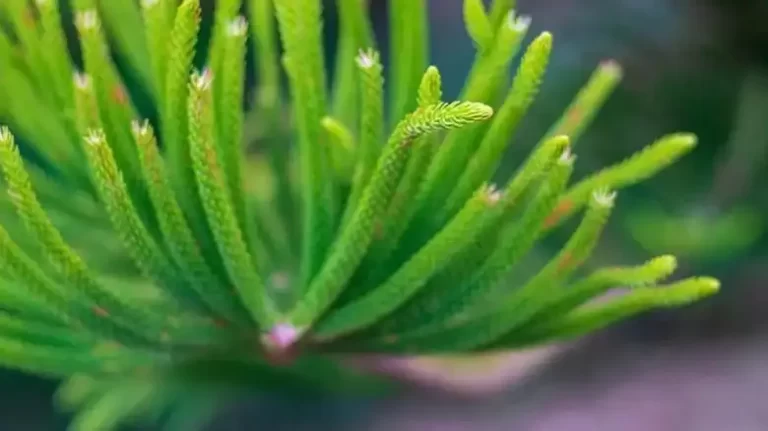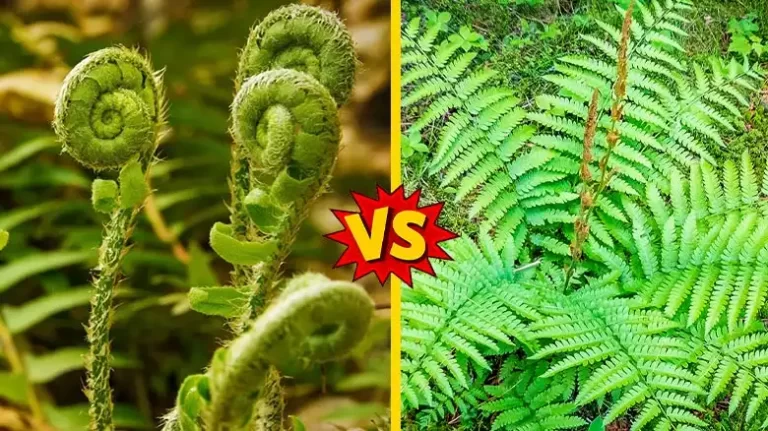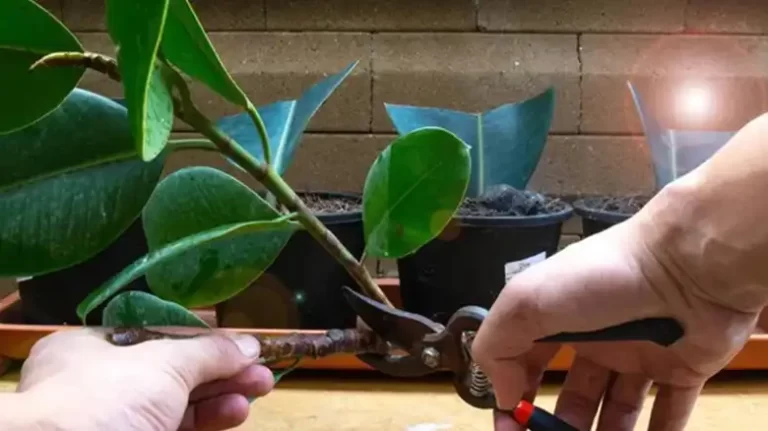Do Majesty Palms Like to Be Root Bound
Majesty Palms (Ravenea rivularis) are a stunning addition to any indoor or outdoor space. Known for their elegant fronds and tropical appeal, these palms have become a popular choice among plant enthusiasts.
They might not need to spread their roots, and thus they are good with bounded roots. But why is it like that and what can we do to make sure we are keeping teh roots bound without harming the plants growth.
In this article, we’ll delve into the intricacies of Majesty Palms’ root preferences to help you provide the best possible care for these regal plants.
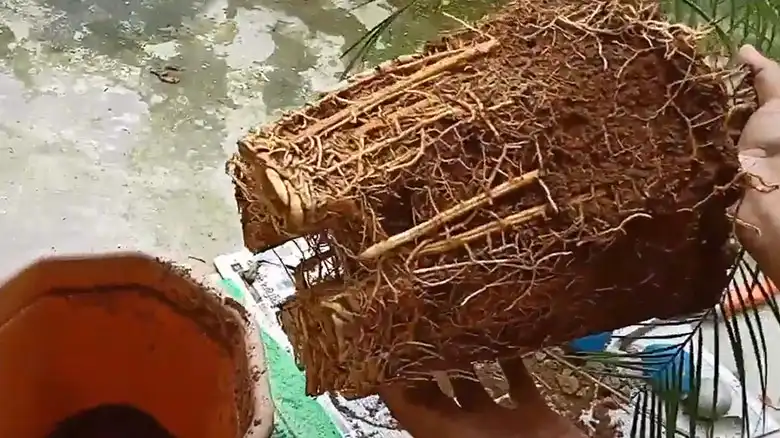
What are Majesty Palms
Majesty Palms, scientifically known as Ravenea rivularis, are native to the lush rainforests of Madagascar. These palm trees are renowned for their graceful, feather-like fronds that can reach up to six feet in length.
Majesty Palms are often cultivated as indoor plants due to their striking appearance and relatively low maintenance requirements.
Majesty Palms are categorized as tropical palms, belonging to the Arecaceae family. They are characterized by their slender, bamboo-like stems and pinnate fronds, giving them a distinctive and regal appearance.
These palms are commonly used as decorative elements in homes, offices, and gardens, adding a touch of the exotic to any environment.
Majesty Palms’ Natural Habitat
To understand how Majesty Palms interact with their root systems, it’s essential to delve into their natural habitat.
Majesty Palms originate from the rainforests of Madagascar, an island off the eastern coast of Africa. In their native environment, these palms flourish in a hot and humid tropical climate.
The rainforests of Madagascar provide Majesty Palms with well-draining, loamy soil rich in organic matter.
They are typically found growing near riverbanks and streams, where their roots can access a consistent source of moisture. This natural habitat provides important insights into the palm’s root preferences.
Understanding Majesty Palms’ Root System
Majesty Palms possess a unique root system that adapts to their native rainforest habitat. These palm trees have a fibrous root system, characterized by numerous thin roots that spread out horizontally rather than delving deep into the soil.
This adaptation allows them to efficiently absorb moisture and nutrients from the surface layers of the soil.
The fibrous root system of Majesty Palms is well-suited to the rainforest’s frequent rainfall and high humidity levels.
These roots help anchor the palms and prevent soil erosion in their natural environment. However, this adaptation also has implications for their care when cultivated in containers or pots.
The Myth of Majesty Palms Being Root-Bound
There is a common misconception that Majesty Palms must be root-bound to thrive. Root-binding occurs when the roots of a plant outgrow their pot and become densely packed, often forming a circular pattern.
Some gardeners believe that this condition leads to healthier and more robust growth in Majesty Palms. However, this notion requires a closer examination.
Contrary to the myth, Majesty Palms do not necessarily benefit from being root-bound. While they can tolerate a certain degree of crowding in their pots, excessive root binding can lead to various issues, including nutrient deficiencies, stunted growth, and root rot.
It’s essential to strike a balance between providing adequate space for root growth and preventing over-crowding.
The Ideal Pot Size for Majesty Palms
To ensure the well-being of your Majesty Palm, choosing the right pot size is crucial. The ideal pot size depends on the age and size of your palm, as well as its current root system. Here are some guidelines to consider:
1. Choosing the Right Pot Size
When transplanting a young Majesty Palm, opt for a pot that allows at least 2-3 inches of space around the root ball. This space encourages healthy root development without excessive binding.
2. Upgrading as the Palm Grows
As your Majesty Palm matures and its root system expands, consider repotting it into a larger container. Typically, repotting every 2-3 years is recommended to accommodate its growth.
3. Proper Drainage
Ensure that the chosen pot has adequate drainage holes at the bottom to prevent waterlogged soil, which can harm the roots.
4. Soil Composition
Select a well-draining potting mix that mimics the palm’s natural rainforest habitat. A mixture of peat moss, perlite, and organic matter works well.
Benefits of Allowing Some Root Binding
While it’s crucial to avoid extreme root binding, allowing a moderate level of root binding can have some benefits for Majesty Palms. Here’s why:
1. Stability
Moderate root binding can help anchor the palm in its pot, preventing it from toppling over. This stability is particularly important for tall Majesty Palms with heavy fronds.
2. Efficient Water and Nutrient Uptake
The fibrous roots of Majesty Palms are efficient at absorbing moisture and nutrients from the soil surface. Some level of root binding can enhance this efficiency.
3. Controlled Growth
Moderate root binding can help control the palm’s growth, making it a suitable choice for indoor spaces with limited ceiling height.
Frequently Asked Question
Q1: Can I keep my Majesty Palm in a small pot to limit its growth?
A1: While keeping a Majesty Palm in a smaller pot can restrict its growth to some extent, it’s essential to strike a balance. Extreme root binding can lead to health issues. Consider occasional repotting instead.
Q2: How often should I water my Majesty Palm to maintain root health?
A2: Majesty Palms prefer consistently moist but not waterlogged soil. Water when the top inch of the soil feels dry to the touch. Ensure proper drainage to prevent root rot.
Q3: What should I do if I suspect my Majesty Palm is root-bound?
A3: If you notice signs of root binding, such as roots circling the pot or emerging from drainage holes, consider repotting into a slightly larger container with fresh potting mix.
Conclusion
In conclusion, while Majesty Palms are adaptable and can tolerate some degree of root binding, it’s essential to strike a balance to ensure their optimal growth and health. Understanding their natural habitat and unique root system provides valuable insights into their care.
Remember that moderation is key, and periodic repotting is often necessary to accommodate their growth. By providing the right pot size and maintaining their root health, you can enjoy the elegance of Majesty Palms in your indoor or outdoor space for years to come.
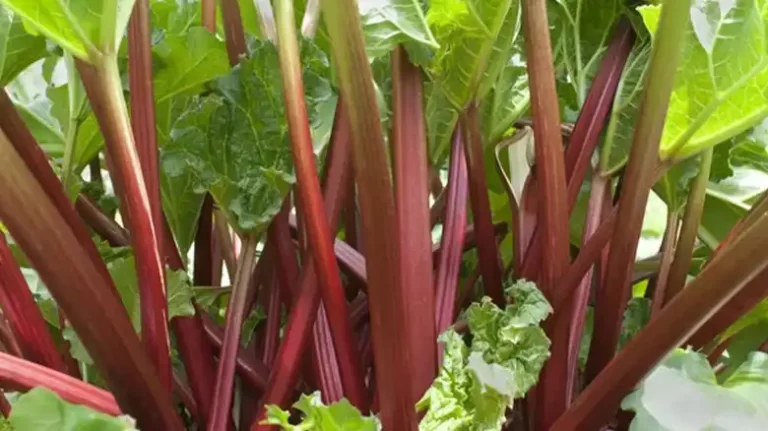

![Dolphin Flower Plant [Total Care Guide]](https://www.daisynatives.com/wp-content/uploads/2023/12/Dolphin-Flower-Plant-768x431.webp)
